As I drove into the yard in Balbriggan at the start of November, I saw two loaders coming from what looked like some sort of mulcher or waste material processor.
An articulated JCB loading shovel was steadily loading maize into a hopper with a high-tip bucket. At the other end, a Faresin telescopic loader was kept busy taking wrapped bales away and loading them into the back of a 40ft articulated lorry from the rear of the stationary baler.
This is a far cry from your traditional baler-wrapper combination commonly seen travelling up and down silage fields across Ireland. The first question that immediately sprung to mind was what machine can do this?
Tony Bell has his fingers in a lot of pies, but is a farmer at heart. He grows combinable crops, which are sown with a Sumo strip-till drill, maize under plastic, and occasionally vegetables, depending on demand from neighbours for rotational land.
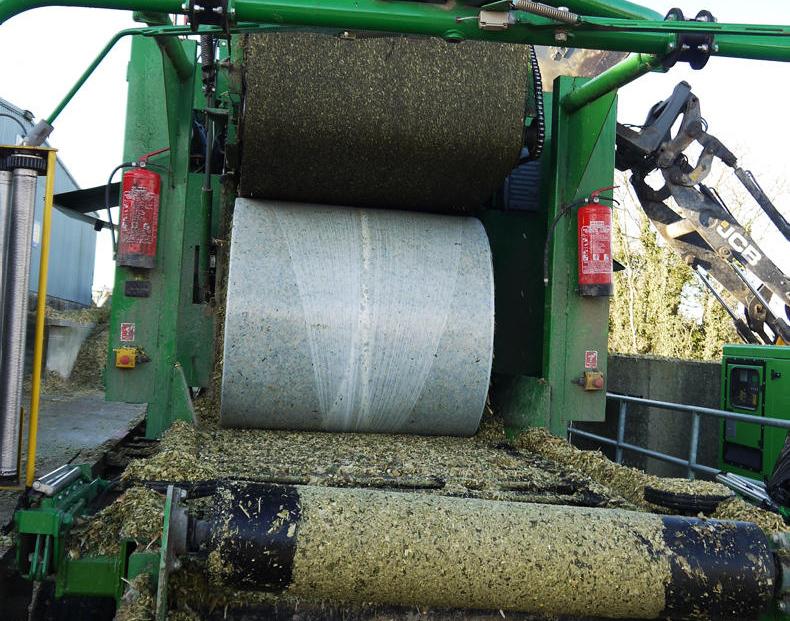
He also hires baling equipment in the UK. In the past, Tony baled cocoa shells for Cadburys, beet pulp for what was Irish sugar and maize for a number of years.
One of his balers is currently baling shredded paper in Swansea. It’s safe to say if it can be baled, he has probably tried at some point.
Approaching the baler, the brand becomes apparent, but not one widely recognised in Ireland or Europe.
Unseld-Technic is a German manufacturer of stationery balers designed for baling biomass, maize and anything that will feed into them freely. Prior to this machine, Tony tried an Orkel baler in 2002, but changed to the Unseld since.
The baler is mounted on a tandem-axle low-loader, so it can be moved around if required. I asked him why he got into this business.
“Baling maize is not uncommon in a lot of European countries.
“In Switzerland, bales of maize are made in the valleys and taken up into the mountains to the dairy herds where they can be sold for up to €100 per bale.
I saw this as an opportunity and thought this could work in Ireland, so I imported the first Orkel into Ireland in 2002.
“Since then, I have been building a business where I can supply bales of maize to a farmer with a guarantee that maize is completely free of secondary fermentation because of how the baler makes and wraps the bales.”
The baler at work is a sight that is both impressive and unusual. For a start, the material is brought to the baler and secondly it’s electrically driven thanks to a 150kVa generator plugged in at the side. The other difference is how the bales are made.
From the hopper that is filled by the JCB, a chain and slat conveyor draws material up an elevator to the top of the baler.
The maize is fed into the top of the chamber, where it is formed into a bale by two full-width 1.22m belts in the 1.17m-diameter chamber.
Once the bale is formed, film is fed into the chamber from the top. No net is used throughout the process.
Five layers of 16-micron wrap are applied before the two belts part and eject the bale on to the second conveyor that takes the bale to the wrapping table.
Ten revolutions of the tandem-wrapping satellites later and the bale is made. Bale weight depends on the DM content of the maize, but generally speaking they can weigh from 900kg to 1,000kg.
A 900kg bale is about 300kg DM, of which two-thirds is in the form of maize-grain (around 200kg), which for €65 per bale ex-yard, is “good value per kilo of DM” according to Tony.
He said he doesn’t spare the layers of plastic applied, as the bales need to last months outside in a yard and crows can be detrimental to the bales. Also, transporting the bales can damage the plastic, so he doesn’t spare it.
Baler at work
There is a lot of automation, safety switches and a user-friendly interface to monitor baler performance. I couldn’t but wonder had it given any trouble.
“We’ve had a few teething issues with sensors and a few other small things. Generally speaking, I’m happy with the machine.
If I’m in trouble, an engineer from the factory can remotely diagnose and correct any software issues from Germany, which is helpful,” said Tony. “The mechanical issues have been small, as the baler is well built. For example, the rollers run in continually lubricated brass bushings which can carry six times the weight of an ordinary roller bearing.
“We’ve strengthened a few mounting brackets for motors and changed the occasional roller cog.
“Apart from replacing the plastic on twin satellite arms, the machine pumped out bale after bale for the time we were watching it work.”
To feed this baler, Tony grows a lot of his own maize. He is a big believer in looking after his ground and spreads a lot of compost to keep it healthy. Cover crops also play an important part in his farm.
In one of the fields we walked, there was a very healthy crop of mustard and phacelia growing, which Tony says “really helps the next crop grown”.
His maize yields prove it works: “Harvesting 20t-plus is not uncommon for us and we need every bit of it, as the demand for maize has skyrocketed this year.
“I could easily sell another 1,000 bales if I had them, such is the demand for feed this year. Added to this is the demand from Northern Ireland for AD plants. I grew 288 acres of maize this year and will probably grow more than that next year,” he said.
Baling maize is obviously a seasonal job, so I asked Tony what will the baler be put at next.
“I estimate we will make 3,000 bales of maize this year.
Once we are finished here, the baler is destined for a job in northern England, so the pressure is on to get finished.”
Watching the maize pouring into the yard and bales going out as quickly, the end of one baling job signalled the beginning of another.

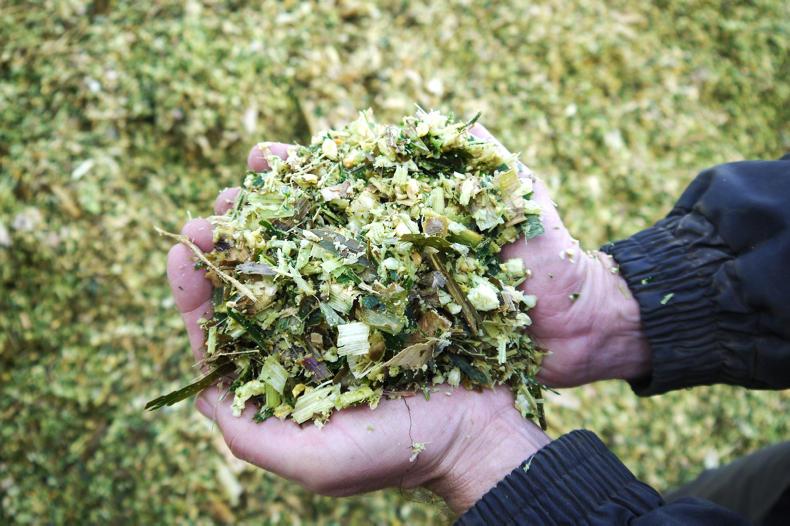




 This is a subscriber-only article
This is a subscriber-only article





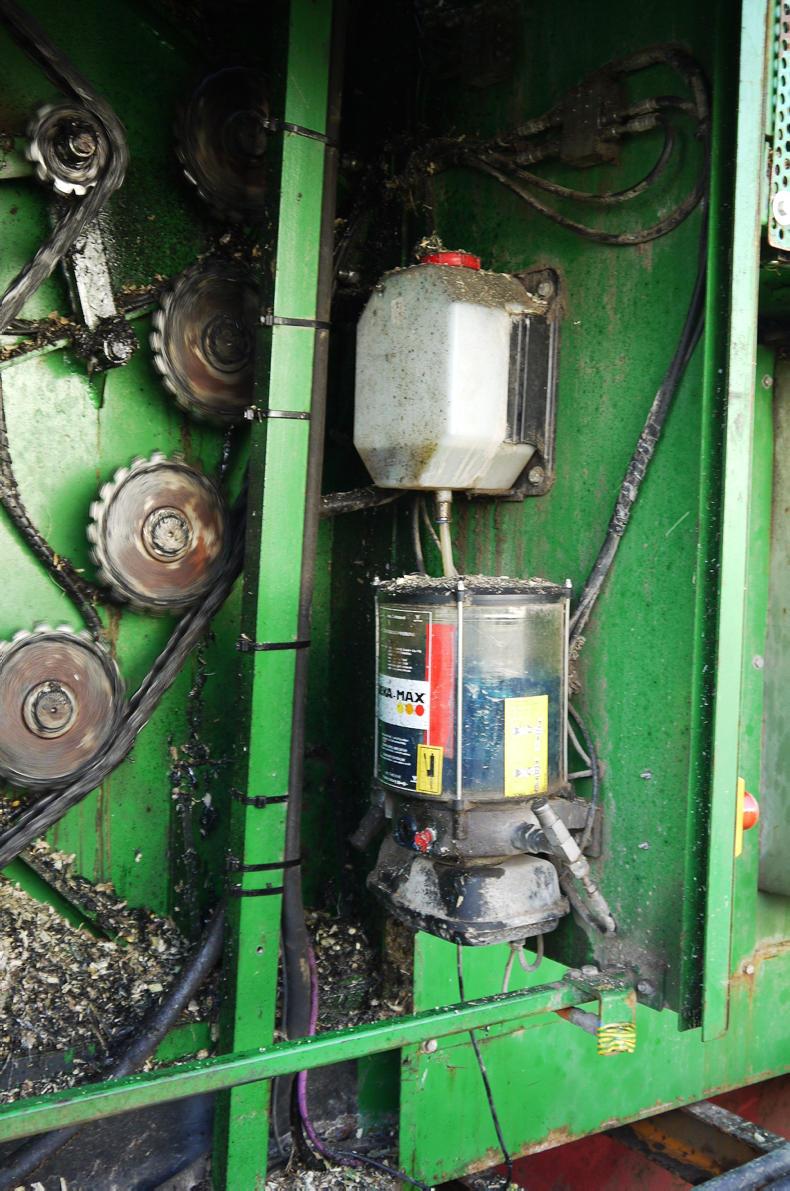

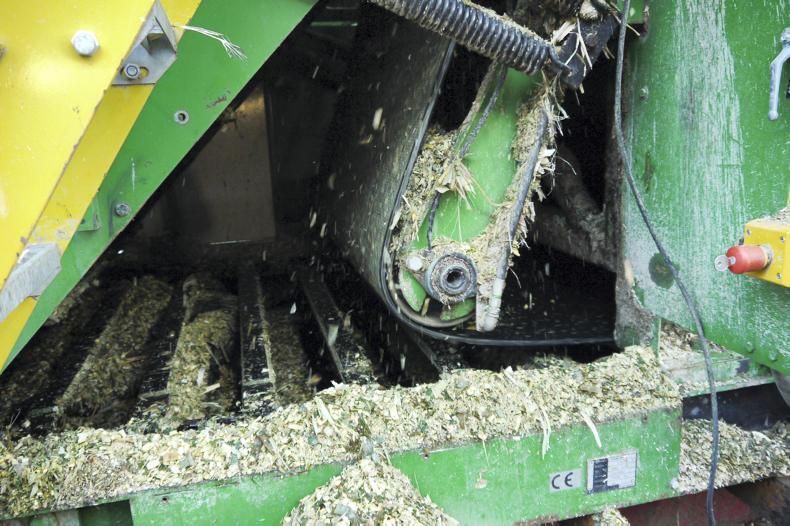
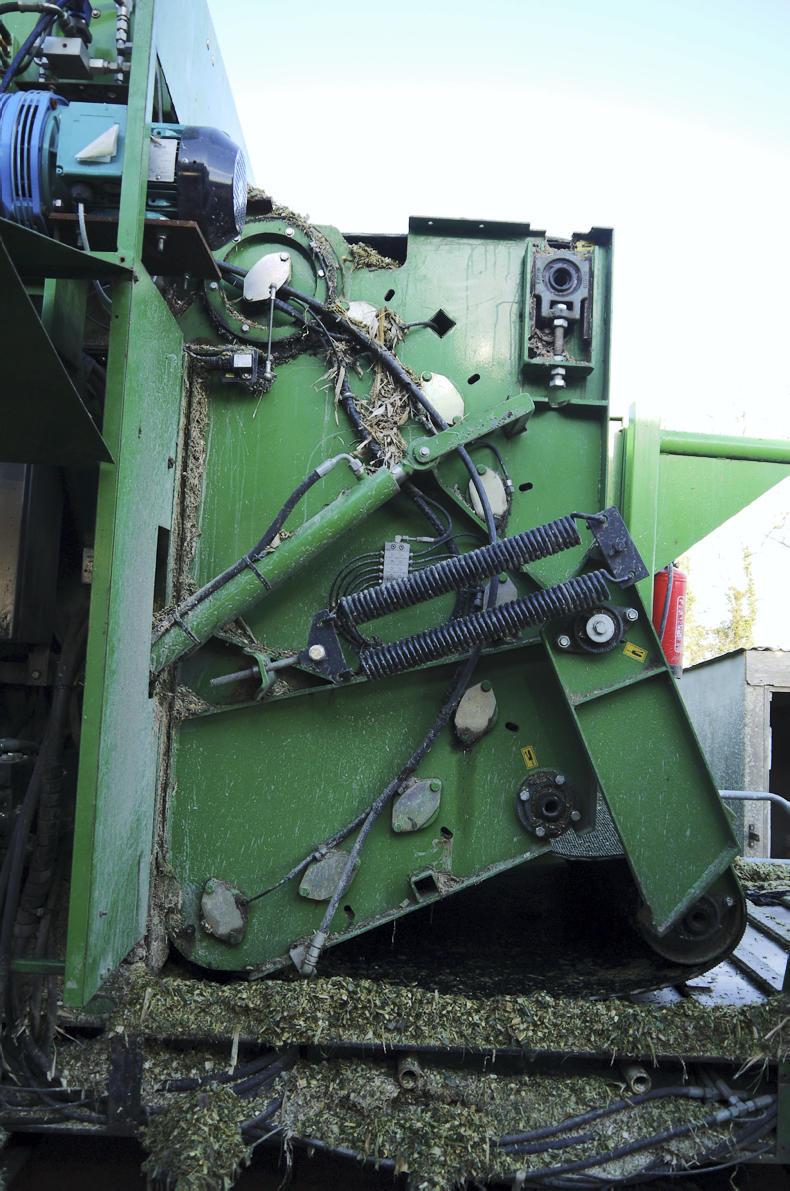




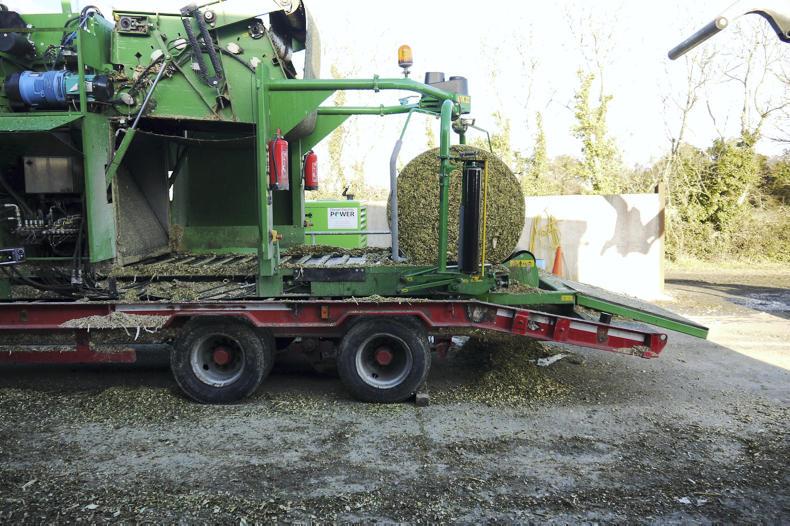
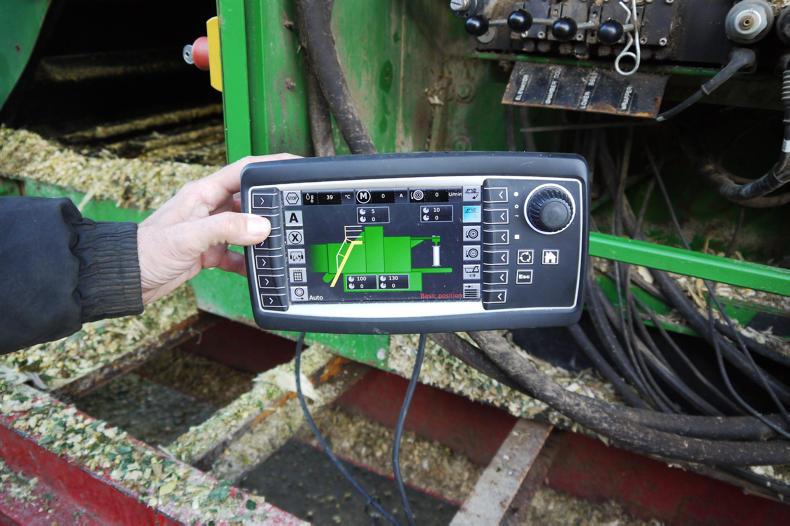

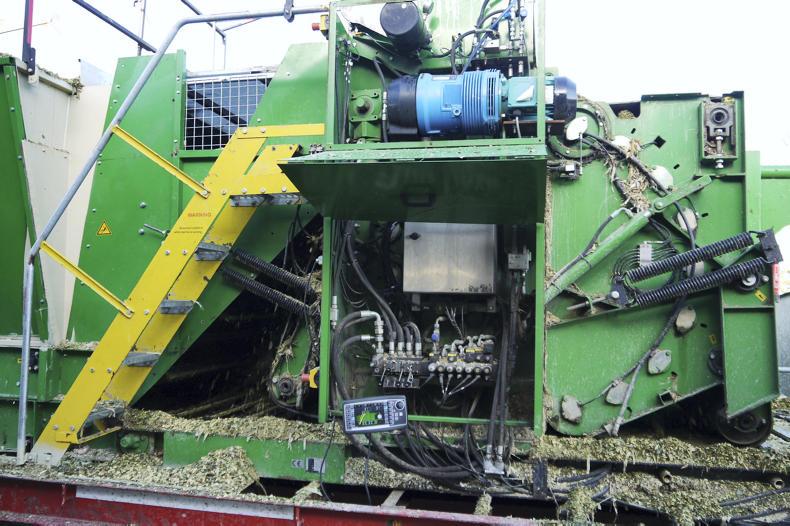
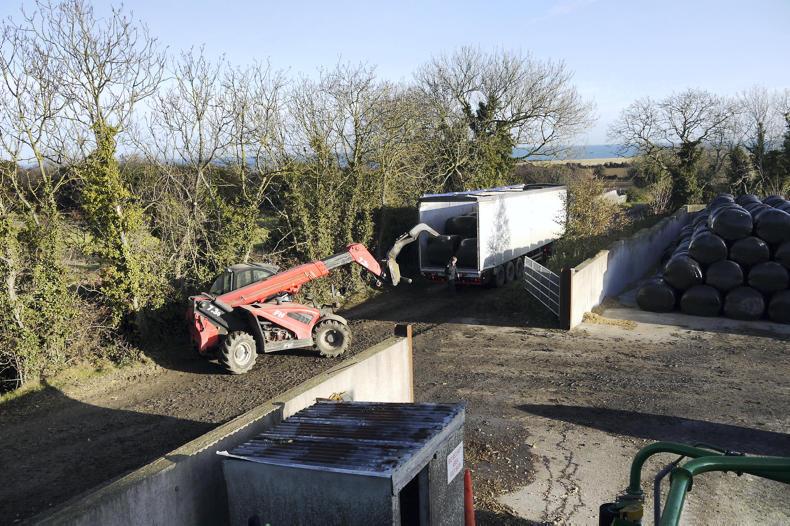



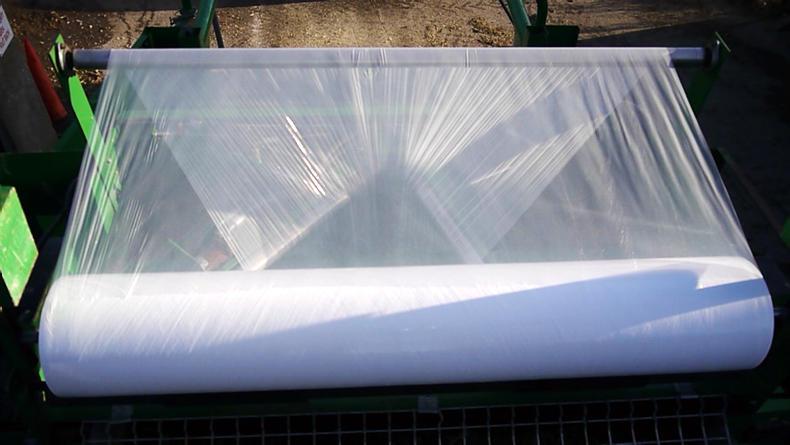


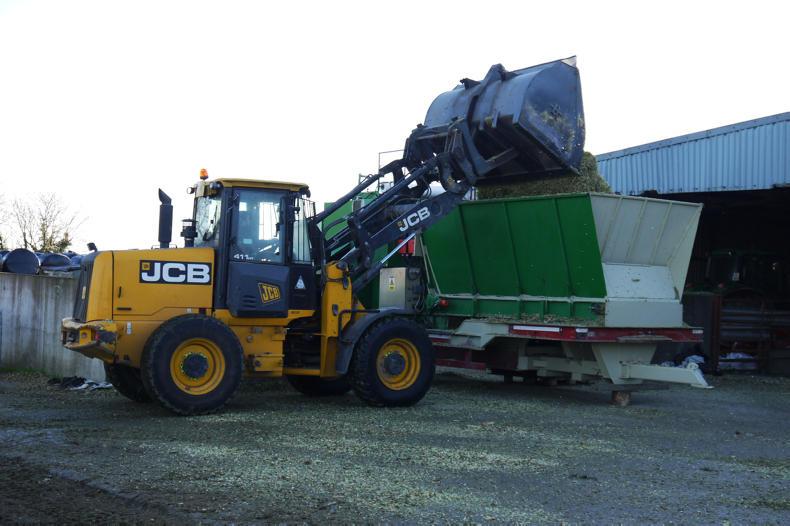



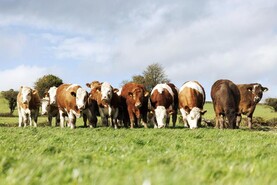
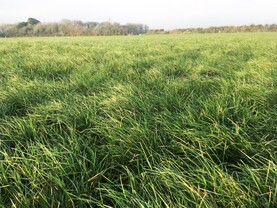

SHARING OPTIONS: